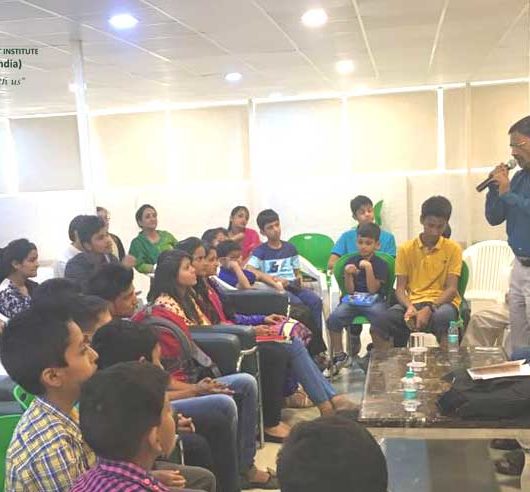Impact of habitat shading and larval growth
Impact of habitat shading and larval growth on the frequency of biolarvicides’ escape from transmitting malaria.
A biting mosquito carrying microscopic parasites can bite one and transmit the deadly disease malaria. The mosquito incorporates the parasite of malaria into one’s blood stream via its attacks. The worldwide battle against malaria has benefited greatly from vector control measures, especially ITNs, which are treated with insecticides, and residual spraying in homes (IRS), as well as other elements like efficient case management and increased economic standing. According to current research, these increases continue to decline in a number of nation.
A number of issues, including as logistics constraints, human habits that raise the danger of biting, resistance to pesticides, and changes in vector behavior that allow vectors to avoid indoor interventions, compromise ITNs and IRS in particular. Therefore, in order to maintain the progress made against malaria, supplementary measures must be implemented. In the past, compounds like oil, copper (II) acetate triarsenite (Paris green), and dichlorodiphenyltrichloroethane have been employed to inhibit the larval stages of mosquitoes. Most chemical larvicides have been phased out because they are dangerous to non-target creatures, including people.
Only a few number of pharmaceutical larvicides are, such as organophosphates such as Temephos and Spinosad and insect growth inhibitors like Pyriproxyfen, are currently advised during use in vector control. Careful program management and planning are necessary for successful larviciding. Significant variables could be the larvicide product selection itself, in addition to how different habitat types and environmental factors affect the product’s effectiveness and residuality.
The rate of the production of eggs and the dynamics of growth of the larvae according to the carrier organisms being targeted are critical factors to comprehend even if they are not given as much weight in most insecticides programs.
The dynamics of the egg-laying process and larval growth are especially significant for biolarvicides, which target juvenile mosquitoes during the feeding stages by ingesting toxins and have a short half-life of less than a week. Furthermore, compared to sun-exposed areas, the prolonged remaining consequence of biolarvicides in covered habitats suggests they could need fewer treatments.



